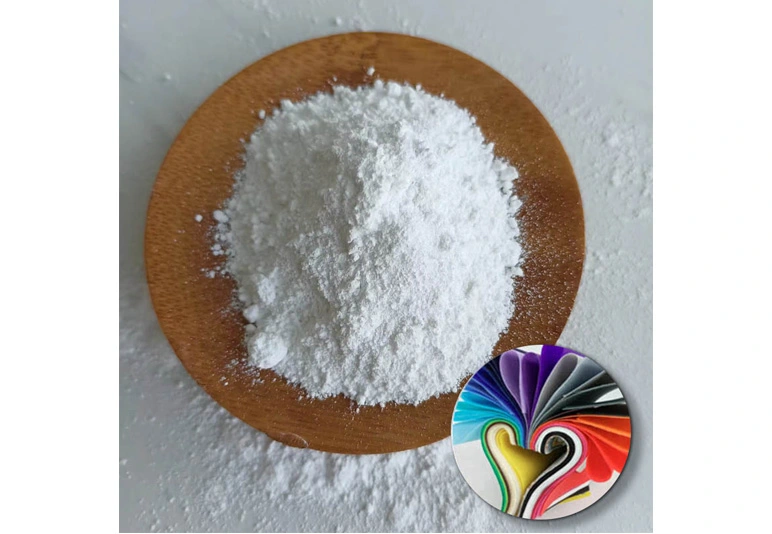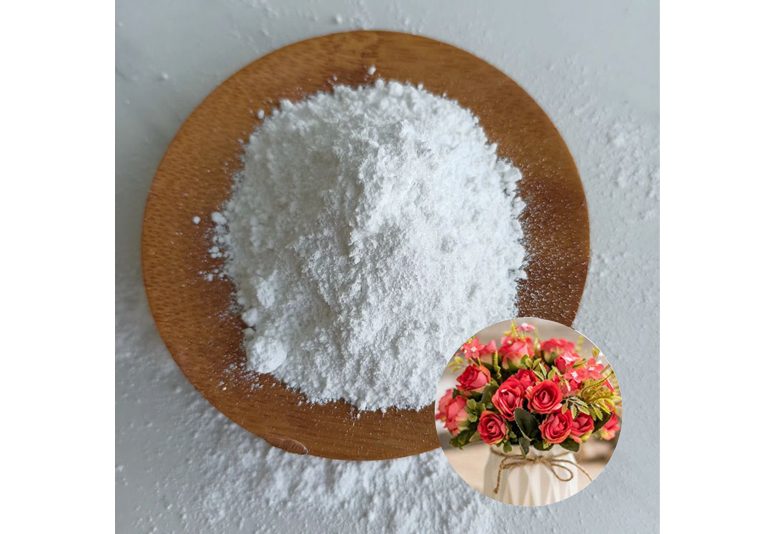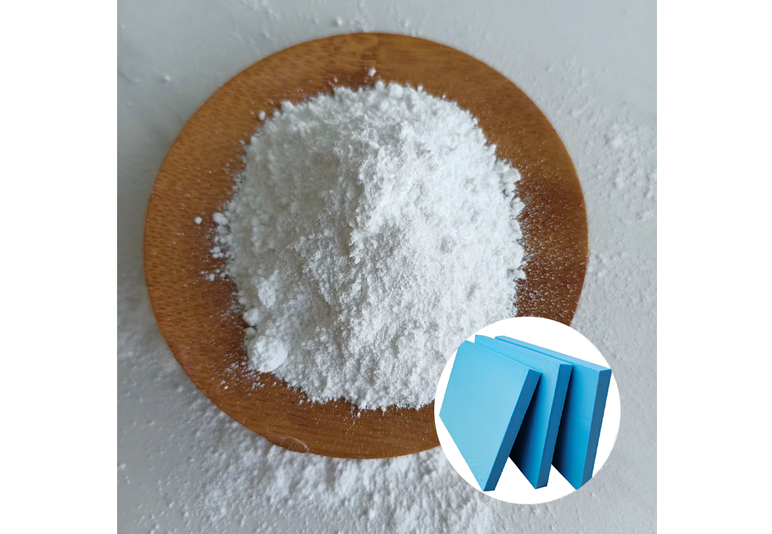1. PEEK Filament – The Pinnacle of Engineering Plastics
PEEK (Polyether Ether Ketone) filament represents the cutting edge of 3D printing materials, revolutionizing industrial manufacturing with its unmatched mechanical properties, chemical stability, and high-temperature resistance. Compared to conventional materials like PLA or ABS, PEEK filament delivers superior performance:
✓ Extreme Heat Resistance: Continuous use at 250°C, short-term exposure up to 300°C.
✓ Exceptional Strength: Tensile strength up to 100 MPa—2-3x higher than standard engineering plastics.
✓ Chemical Inertness: Resists most organic solvents, acids, and alkalis.
✓ Biocompatibility: Complies with ISO 10993 for medical implants.
✓ Flame Retardancy: UL94 V0 rating for stringent fire safety.
These properties make PEEK the preferred choice for aerospace, medical devices, semiconductors, and automotive applications.
2. Key Applications & Technological Breakthroughs
2.1 Aerospace Innovations
PEEK’s lightweight yet heat-resistant properties enable:
3D-printed aircraft interior components.
Rapid prototyping of engine-adjacent parts.
Lightweight structural designs (30–50% weight reduction vs. metal).
2.2 Medical Advancements
Biocompatibility unlocks new possibilities:
Custom orthopedic/dental implants.
Surgical guides and patient-specific instruments.
Streamlined production (vs. traditional CNC machining).
2.3 Semiconductor Solutions
PEEK addresses critical challenges:
Chemical-resistant parts for cleanroom environments.
Wear-resistant wafer-handling components.
High-temperature insulating elements.
3. 5 Critical Metrics for Quality PEEK Filament
Purity Grade: Medical (ISO 10993) or industrial?
Diameter Tolerance: Premium quality: ±0.02 mm.
Carbon Fiber Content: How does reinforcement ratio impact performance?
Printing Temperature: Optimal range: 360–420°C.
Brand Reputation: Look for comprehensive material certifications.
4. Essential 3D Printing Guidelines for PEEK
✓ Enclosed Chamber: Maintain 80–120°C ambient temperature.
✓ Heated Build Plate: 110–130°C + PEI/glass fiber surface.
✓ Specialized Nozzle: Carbide or ruby nozzles recommended.
✓ Precise Temp Control: Prevent thermal degradation.
5. Future Trends in PEEK Filament
Composites: Carbon fiber/graphene-enhanced variants.
Advanced Printers: Optimized high-temp systems.
Cost Efficiency: Scaling reduces material prices.
New Applications: Energy, defense, and beyond.
Partner with Us for High-Performance PEEK Solutions
From material selection to print optimization, we provide end-to-end support for industrial 3D printing. Contact our experts today to explore our PEEK filament portfolio!
 English
English






